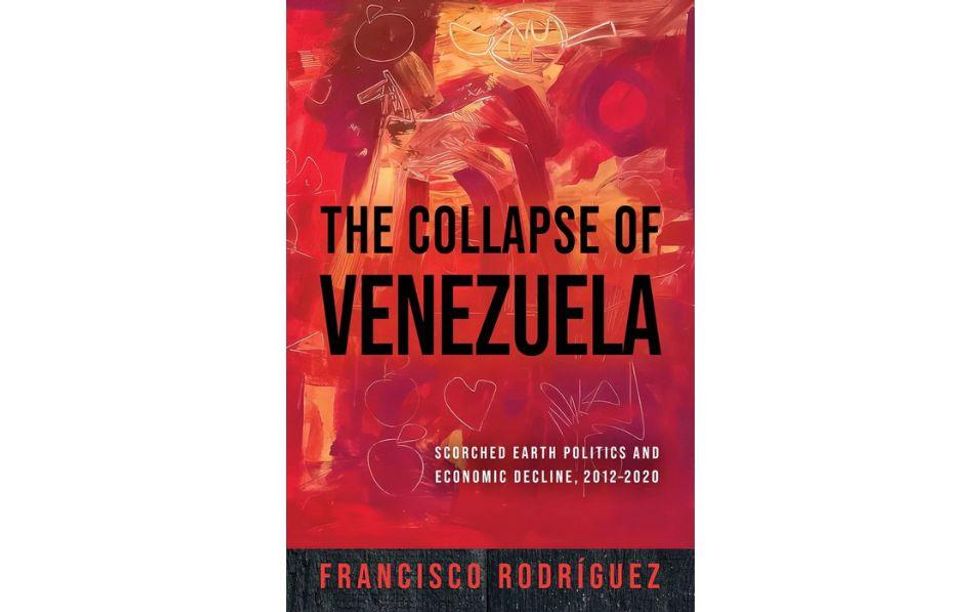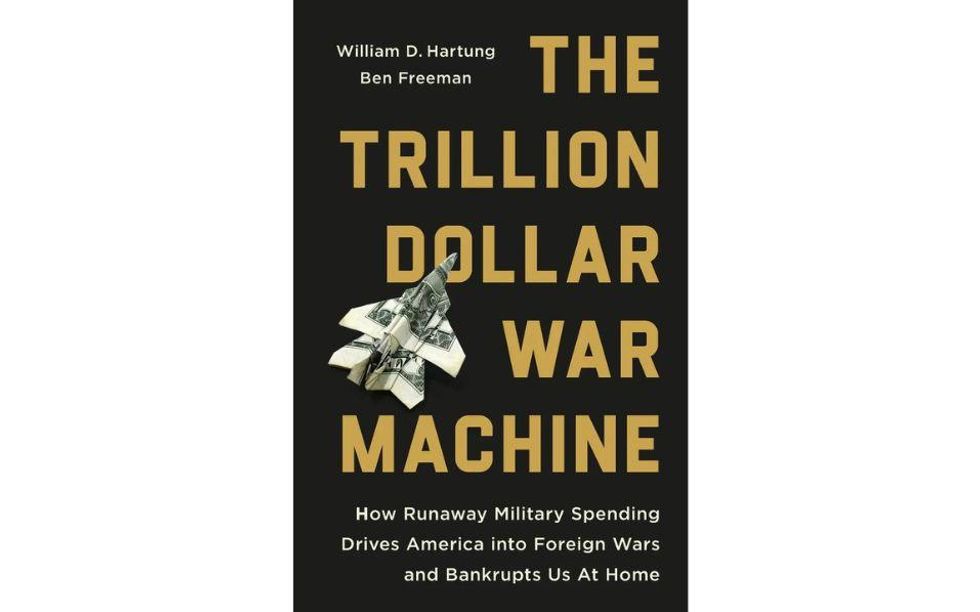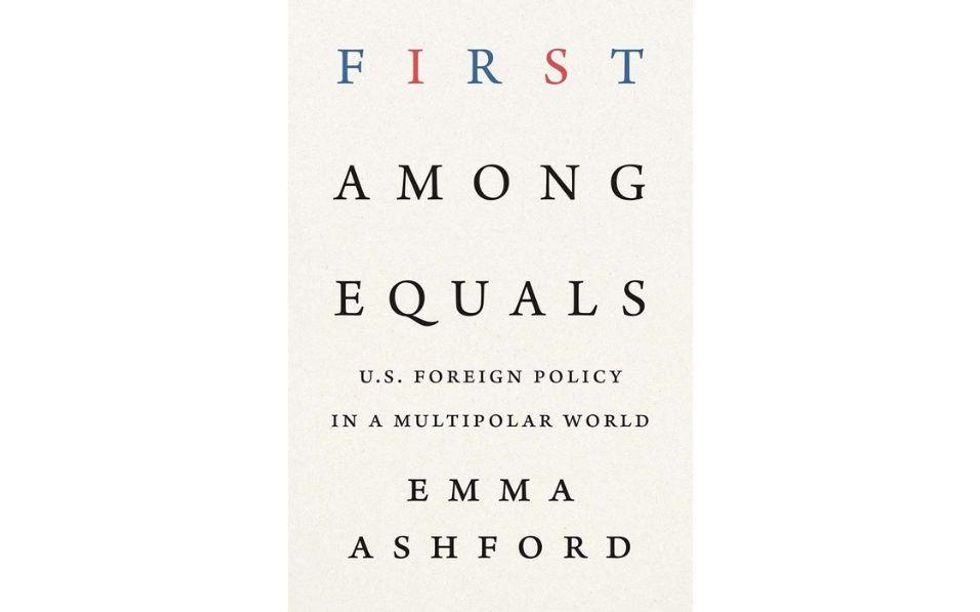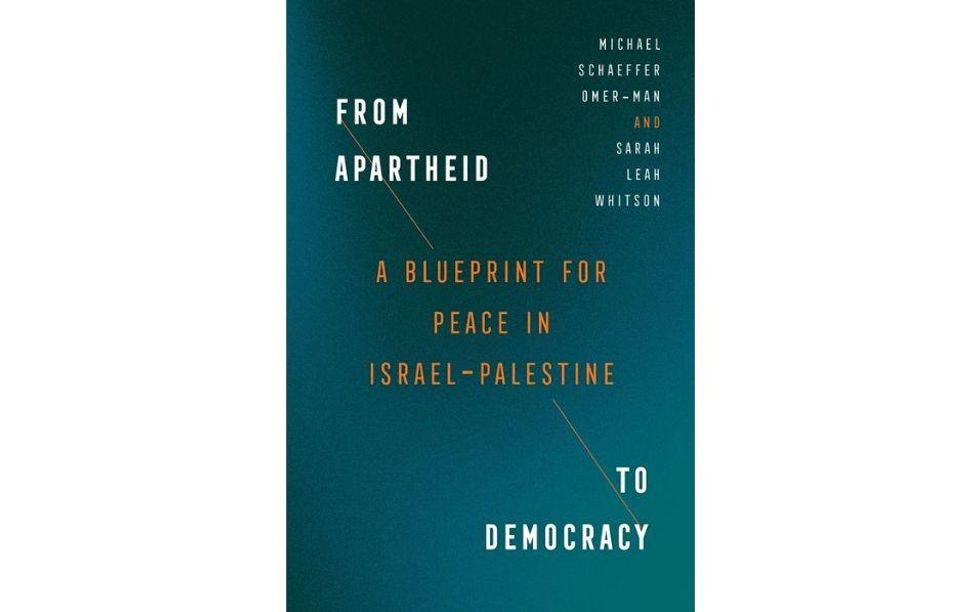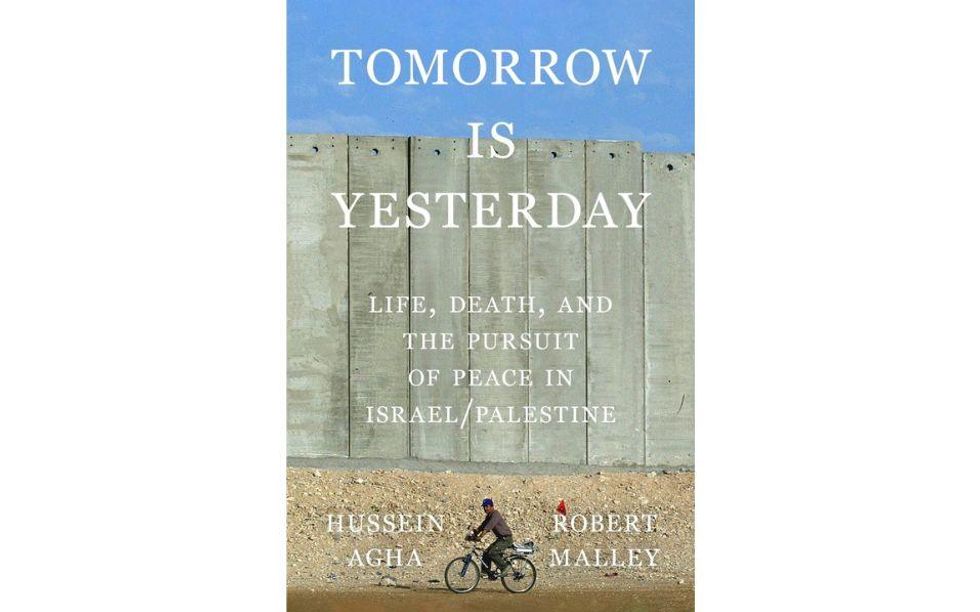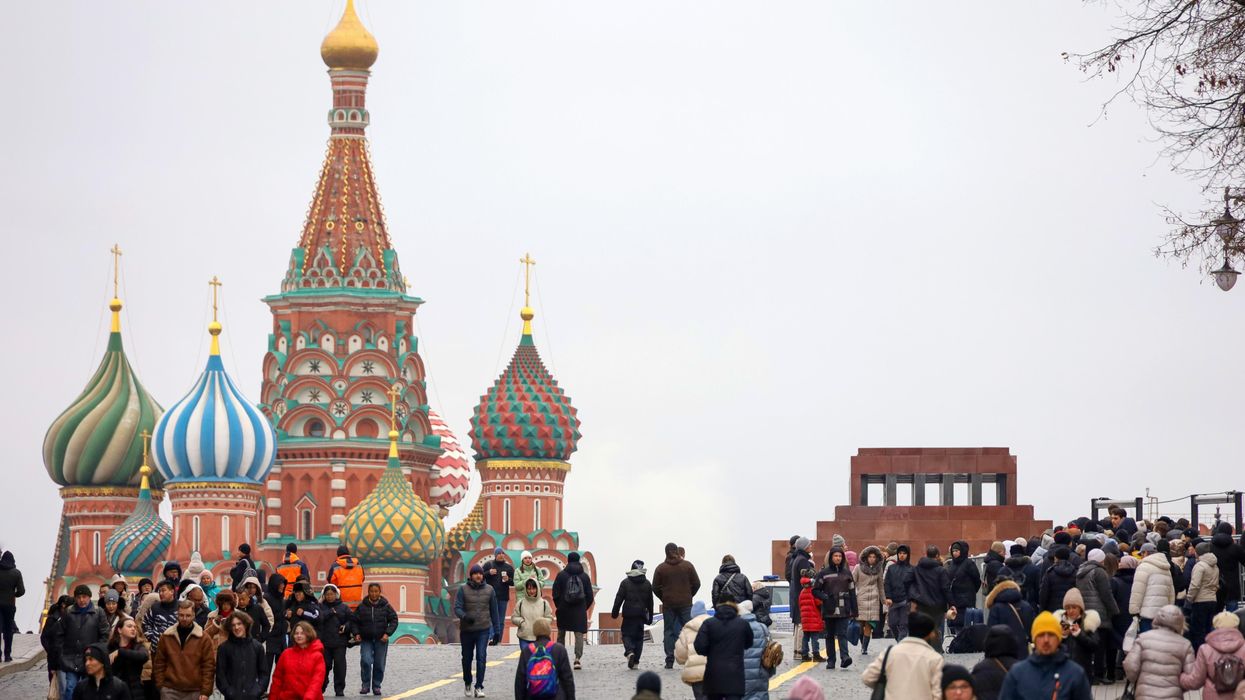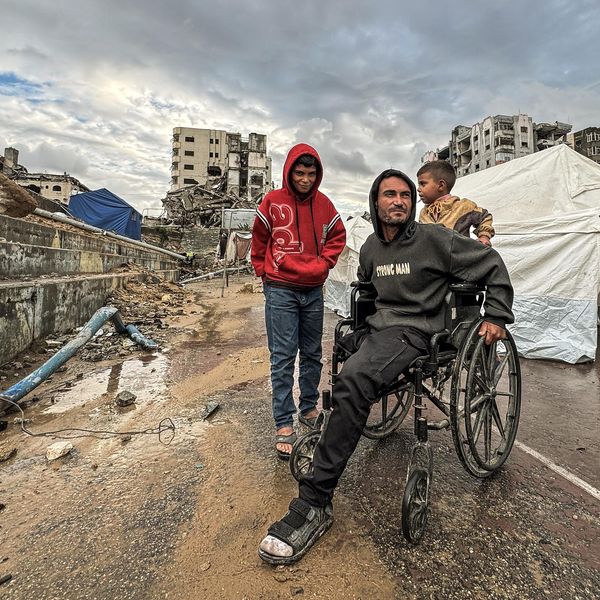The United States and Europe should focus on aiding the Syrian people and bolstering the nation's civil society rather than on crushing the regime of President Bashar al-Assad at all costs, according to three recognized experts on the war-torn country.
The three — Julien Barnes-Dacey of the European Council on Foreign Relations, Rim Turkmani of the London School of Economics, and Steven Simon of the Quincy Institute for Responsible Statecraft — promoted this new strategy as the best alternative to the current "maximum pressure" campaign pursued by the Trump administration, which, they agreed, has only worsened an already-dire humanitarian situation.
Speaking at a May 6 virtual forum co-sponsored by the Quincy Institute and ECFR, all three scholars contended that Assad has effectively regained military control of his country and that Western sanctions stand little-to-no chance of dislodging him from power. Instead, they will serve only to increase the suffering of the civilian population.
“The end result will not be a transition, but an exacerbation of the country’s Assad-directed implosion, leading to increased Syrian suffering, more refugees, and wider space for an extremist resurgence,” said Barnes-Dacey in a report which preceded the panel. “And none of this even begins to account for the potentially devastating impact of coronavirus.”
Adoption of the three analysts' recommendations would mark a paradigm shift from one whose focus has been to weaken and ultimately oust the Assad dynasty to one that is aimed at alleviating civilian suffering and bolstering and encouraging the revival of civil society. Such an approach, in their opinion, would offer the best hope for creating the conditions necessary for the emergence of a freer and more democratic Syria, built by the Syrian people themselves after a decade of a ruinous violence.
Now entering its tenth year, the war in Syria has devastated the lives of millions of ordinary Syrians. Nearly half of the country’s pre-conflict population is either internally displaced or lives under refugee status in neighboring countries. Half of the population is unemployed, and 83 percent live under the poverty line. Despite this reality, the U.S. and European nations have largely failed to account for Syrians in government-held territory as they pursue a maximum pressure campaign against the Assad government.
The experts on the panel all conceded that President Assad is here to stay, and that Western governments need to shift their strategy to one that accounts for the needs of Syrian society, including those within government-held territory, and focuses its efforts where Western governments can create positive developments on the ground.
A dire economic situation made worse by COVID-19
“The humanitarian situation continues to deteriorate despite the level of violence being reduced in some parts of the country, at least in government-controlled areas,” said Turkmani. “But the economy is in extremely bad shape.”
Turkmani cited Syria’s dramatic currency devaluation, increases in the price of goods, the decade-long war, government mismanagement and corruption, and economic sanctions as reasons for why Syria is in the perilous situation that it is in today.
“The total accumulated economic loss reached almost half a trillion dollars last year, almost eight times Syria’s GDP,” she explained.
With the onset of COVID-19 and the humanitarian situation rapidly deteriorating, Syrians will be largely be left to fend for themselves. Instability, economic sanctions, and divisions in Syria mean that a government response is likely to be highly inadequate.
Experts are especially concerned that Syria will not have the capacity to address the needs of anticipated COVID-19 patients. Turkmani said that Syria is likely only able to handle 6,000 cases, far fewer than the anticipated 100,000 cases that may arise from Idlib alone. She explained that sanctions do not bear full responsibility for the situation, but they are certainly inhibiting the country’s ability to appropriately respond to the pandemic. To help address COVID-19, and more importantly, to put an end to the suffering, Western governments need to pivot away from punitive policies.
A new approach centered on helping Syrians
Barnes-Dacey agreed that Assad bears primary responsibility for the situation in Syria, but stated that the goal of ousting him through sanctions was unrealistic.
“My concern with Western policy is that it is still focused on a transition agenda, and the U.S. government in particular, is looking at how it can use its tools of pressure to further that goal, in a way that is only likely to further feed into that deterioration,” Barnes-Dacey said. “My fear is that, effectively, the U.S. and European goal of transition is unattainable.”
Barnes-Dacey proposes a different strategy that Western governments should employ: a “society max” strategy that focuses on supporting Syrian civil society, from the bottom-up, to the greatest extent possible. Barnes-Dacey acknowledged that opportunities for what can be done under this strategy are limited, but argued that Western governments nonetheless need to undertake a “fundamental shift of focus.”
All panelists agreed that President Assad will not lose power anytime soon, which is why Barnes-Dacey argues that the U.S. and European governments should focus on helping Syrians build schools, hospitals, and other critical infrastructure, and should rethink existing sanctions exemptions, which exist on paper for humanitarian purposes but do not work in practice.
Barnes-Dacey also suggested that Western nations can do more to digitally engage with the Syrian people, and aid the population on the ground through multilateral institutions like the U.N.
“It may well be that this approach doesn’t work,” Barnes-Dacey confessed, “but I don’t think that we are seriously testing the minimal barriers of what one could be doing to further this agenda. There is no societal support mechanism underlying the American and European approach to Syria today.”
A policy focused on geopolitics fails to account for Syrian civil society
Steven Simon argued that the current U.S. and European policies are focused solely on geopolitical ambitions — that is, increasing the costs for Russia and Iran in Syria in order to push back on their influence in the region.
“For a policy that’s on automatic pilot, I think you can fairly well describe it as a regime change policy,” said Simon.
Simon noted that U.S. policymakers haven’t been able to articulate a clear strategy since the start of the conflict in 2011. Currently, it seems that the only interest the U.S. has in Syria is countering Russian and Iranian influence. Noting this lack of U.S. strategic interests in Syria, Simons agreed with Barnes-Dacey that focusing on strengthening Syrian civil society and alleviating the suffering of the Syrian population is perhaps the only approach that Western governments have available to them and that won’t make the humanitarian situation worse.
Change from within
All three experts agreed that a political transition from the government of Bashar al-Assad is not likely after ten years of civil war, and that the U.S. and European nations need to change their approach to the conflict. What Western governments should be thinking about, they argued, is the humanitarian situation in the country. Empowering the Syrian people should be the focus, not punitive policies aimed at overthrowing the Syrian government — policies that squeeze Syrians in government-held territory between the interests of Western governments and the interests of Russia, Iran, and Assad.
Shifting the approach to focus on shared humanitarian interests on the ground can open the door to cooperation with Russia, maintain Western influence in Syria, and facilitate the rebuilding of a war-torn country. Particularly in light of the COVID-19 pandemic, policymakers need to reevaluate their approach to Syria in a way that benefits the Syrian people. Ultimately, if Western nations really seek to further their interests in Syria, they need to put their weight behind the Syrian population and grant them the agency they need to create change from within the country — because it is evident that after ten years of brutal war and punitive policies, change will not come from external forces.





